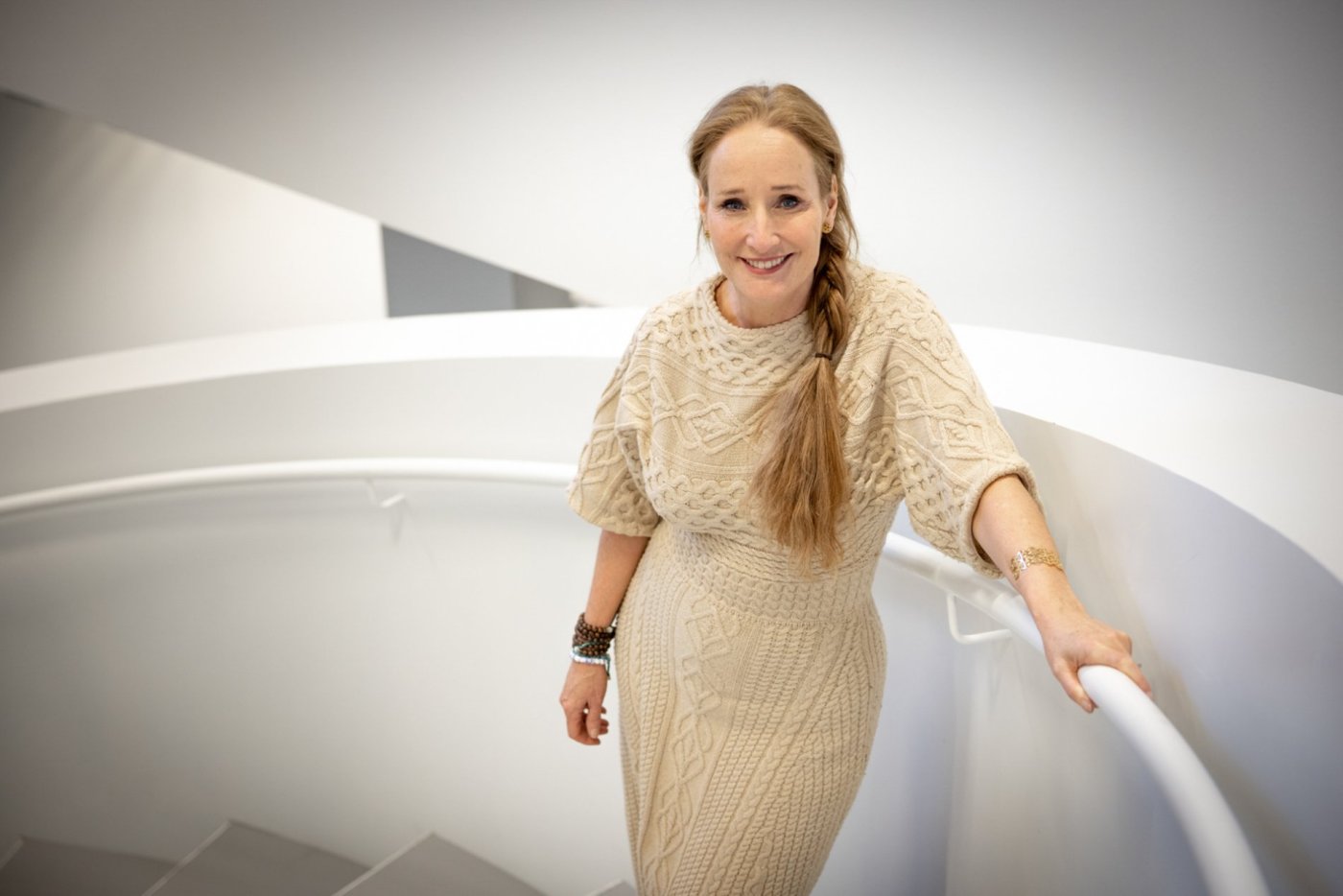‘Creating impact’ is now on the Tilburg University agenda, partly thanks to Margriet Sitskoorn, Professor of Clinical Neuropsychology. She is just as animated and inspired in front of a TV camera as she is before a group of seasoned academics. Is that really the right approach? No doubt about it!
Once in a while, Sitskoorn makes time to ‘read wildly’, as she calls it, to feed her creativity and investigate what is currently happening in the world. About twenty years ago, this approach led to her unearthing the phenomenon of neuroplasticity: the fact that the brain develops under the influence of both genes and the environment. ‘It was such an eye-opener! It made me realise that people can change! If that isn’t that a great cause for optimism, I don’t know what is.’ She elaborated those ideas in her first popular science book, titled Het maakbare brein [The makeable brain], which was published in 2006 and became a bestseller. The subject would become a golden thread that runs throughout her scientific career and also laid the foundation for no less than a further eight successful books about the brain, aimed at specific groups such as children, the over-fifties or CEOs, or about certain themes such as how we use our time. Some of these books have been translated into several languages.
Sitskoorn has always been a bookworm and spent many hours in the library as a child. Her dream was to become a writer. ‘My mother recently found a little red notebook full of poems that I had put together myself.’ But Sitskoorn was also fascinated by human behaviour, so she chose to study psychology at Tilburg University. She quickly discovered that human behaviour could largely be explained by the brain.
Career:
Margriet Sitskoorn is Professor of Clinical Neuropsychology at Tilburg University, and head of the Department of Cognitive Neuropsychology. After studying psychology at Tilburg University, she received her doctorate in developmental psychology from Radboud University. She worked in clinical neuropsychology in the United States at the Henry Ford Hospital in Detroit, and in the Netherlands at the University Medical Centre Utrecht. She has been a professor at Tilburg University since 2008 and has written eight popular science books, including Het maakbare brein [The makeable brain](2006), Het 50+-brein [The brain over fifty] (2019) and Tijd tekort, tijd genoeg [Too little time, time enough ] (2022). Sitskoorn also appears on Dutch TV programmes like De Nationale IQ Test, Tijd voor Max, Op1 and Jinek. From 2018 to 2021, she was a member of the Impact Team of Tilburg University.
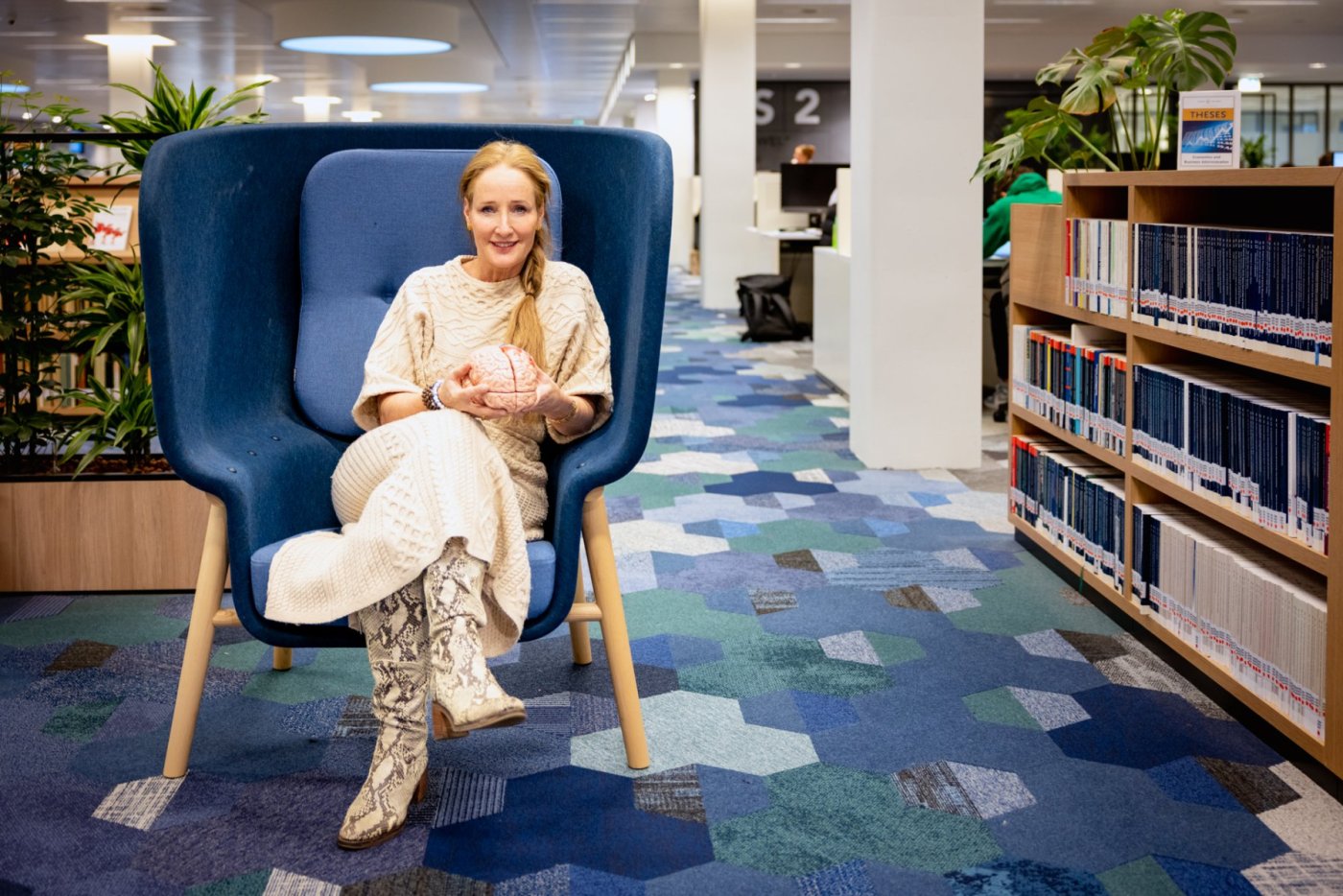
'I’d always been passionate about disseminating knowledge.'
She earned her doctorate in developmental psychology at Radboud University and gained clinical experience at the Henry Ford Hospital in Detroit and at the University Medical Center Utrecht. She subsequently returned to Tilburg University, where she recently became head of the Department of Cognitive Neuropsychology.
Only if the Dutch TV- presenter Paul Witteman phones…
However, she never let go of writing; for example, she spent many years writing columns about the brain and behaviour for various magazines. Sometimes she was also asked for media appearances, which she kept on refusing because she found it rather daunting. Once, she jokingly told her brother that she would only do it if Paul Witteman were to phone her. And so what happened? An editor from the popular science programme Nieuwslicht presented by Witteman called her. That left her with no other option than to say ‘yes’. She regularly made appearances as the show’s behavioural expert.
‘It taught me a lot about science communication. I’d always been passionate about disseminating knowledge, and the TV appearances made me realise that it is a superb medium for doing this.’ So, after Nieuwslicht, there followed a whole series of books, but also media appearances, such as on the Dutch TV programmes De Nationale IQ Test, Op1, Jinek and Tijd voor Max. In addition, she also regularly gives interactive presentations to government ministries, NGOs and companies.
Sitskoorn has never found it difficult to stay true to herself on TV. And for her, that means appearing with her hair untied and wearing make-up and high heels – because that is part of her. Judging by the reactions she received, this has unintentionally rendered her a positive role model. ‘I received letters and emails from parents and children who wrote: so you can also be a professor in high heels! As a result of that, young girls think: I can simply wear a toga and cap and have long hair and wear high heels as well!’.
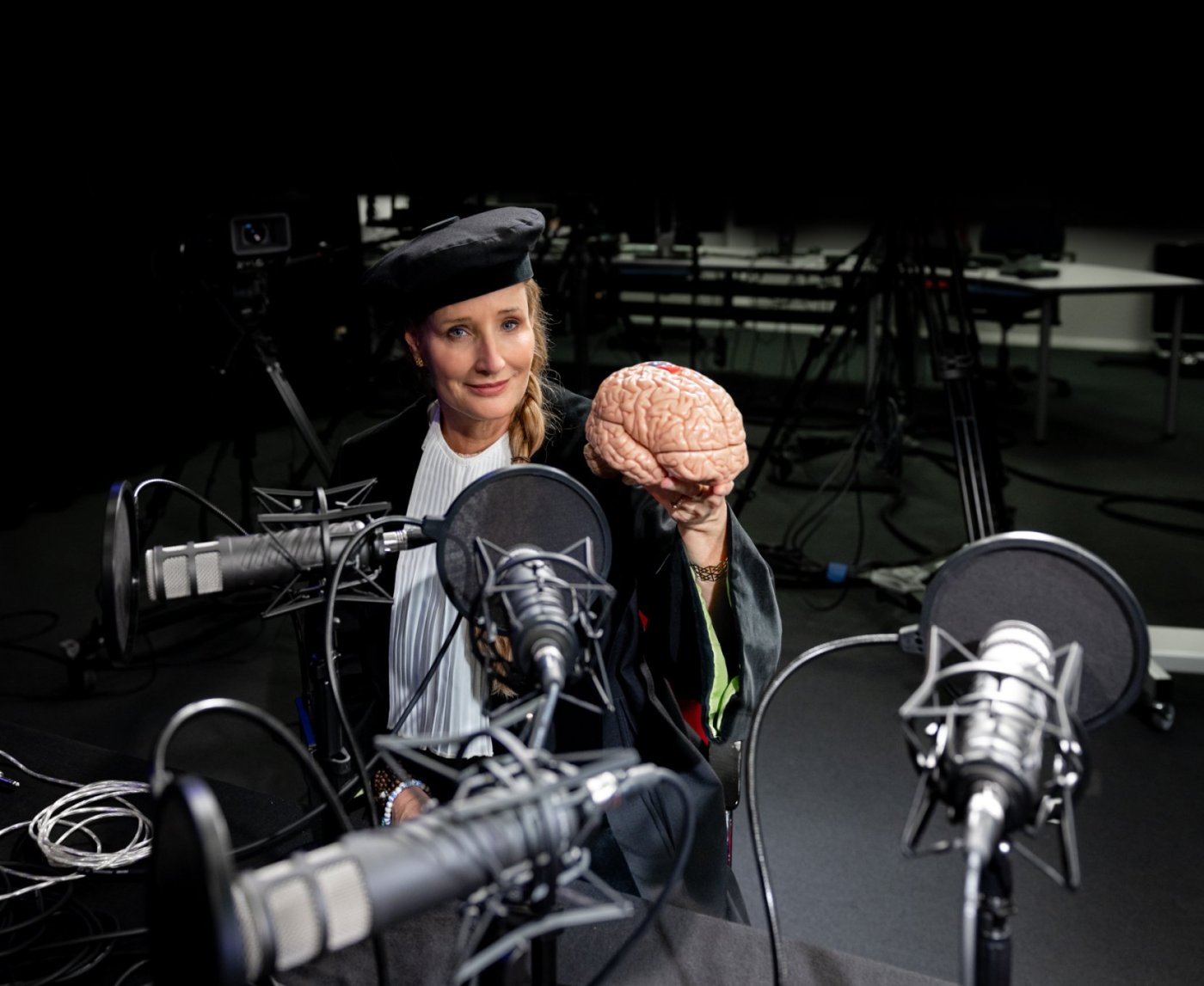
'Chewing gum can help if you have to pass a difficult test.’
But she also understands very well that different target groups need different approaches. ‘Knowledge should reach everybody. At a scientific congress, I can talk about brain-derived neurotrophic factor, or amygdalohippocampectomy, and everybody will know what I am talking about. But I also take part in De Nationale IQ Test, because I think that’s important too. During such occasions, I explain, for example, that when you chew gum, you stimulate areas in your brain that are close to your prefrontal cortex, thus improving your concentration. So chewing gum can help if you have to pass a difficult test.’
Initially, this approach met with some resistance. ‘Some people thought that I was lowering my status as a researcher by talking about this. However, I think it is quite normal to adjust your vocabulary depending on who you are speaking too. I am a good researcher and I am good at talking in public as well. In the past, I sometimes got the impression that you could not do both and that you had to choose one or the other. Fortunately, that black-and-white view is becoming less prevalent.’
Mission of the Impact Team
Several years ago, she decided to lobby for more knowledge utilisation at her own university as this is a subject she is passionate about. Up until 2018, knowledge utilisation was not pursued in a structured manner. Then four pioneers, who were all very active outside of the university, joined forces. Besides Sitskoorn, these included Dick den Hertog and Hein Fleuren, both professors in operations research, and Ton Wilthagen, Professor of Institutional and Legal Aspects of the Labour Market. Together with programme makers, they formed the Impact Team, a group which substantially boosted ‘impact thinking’ at the university.
Much brainstorming took place about ways in which you can create impact, and researchers from different faculties were brought into contact with each other. This was the beginning of many projects that created genuine impact. Examples are the Zero Hunger Lab, which uses data sciences to reduce hunger, teaching packages for PhDs, a book about the impact of COVID-19, a project that seeks to lessen language deficits in young children and a wide range of matchmaking events between researchers and professionals.
In addition, a covenant was also concluded between the Elisabeth Tweesteden hospital, the municipality and the university. In the covenant, money has been reserved for setting up joint research projects in healthcare. The lines of contact between the Municipality of Tilburg and the university have also been improved; for instance, the criminologists and the law enforcers now exchange knowledge with each other about subversive crime. Furthermore, the two organisations have jointly created a Chair for a city professor, which Ton Wilthagen now holds.
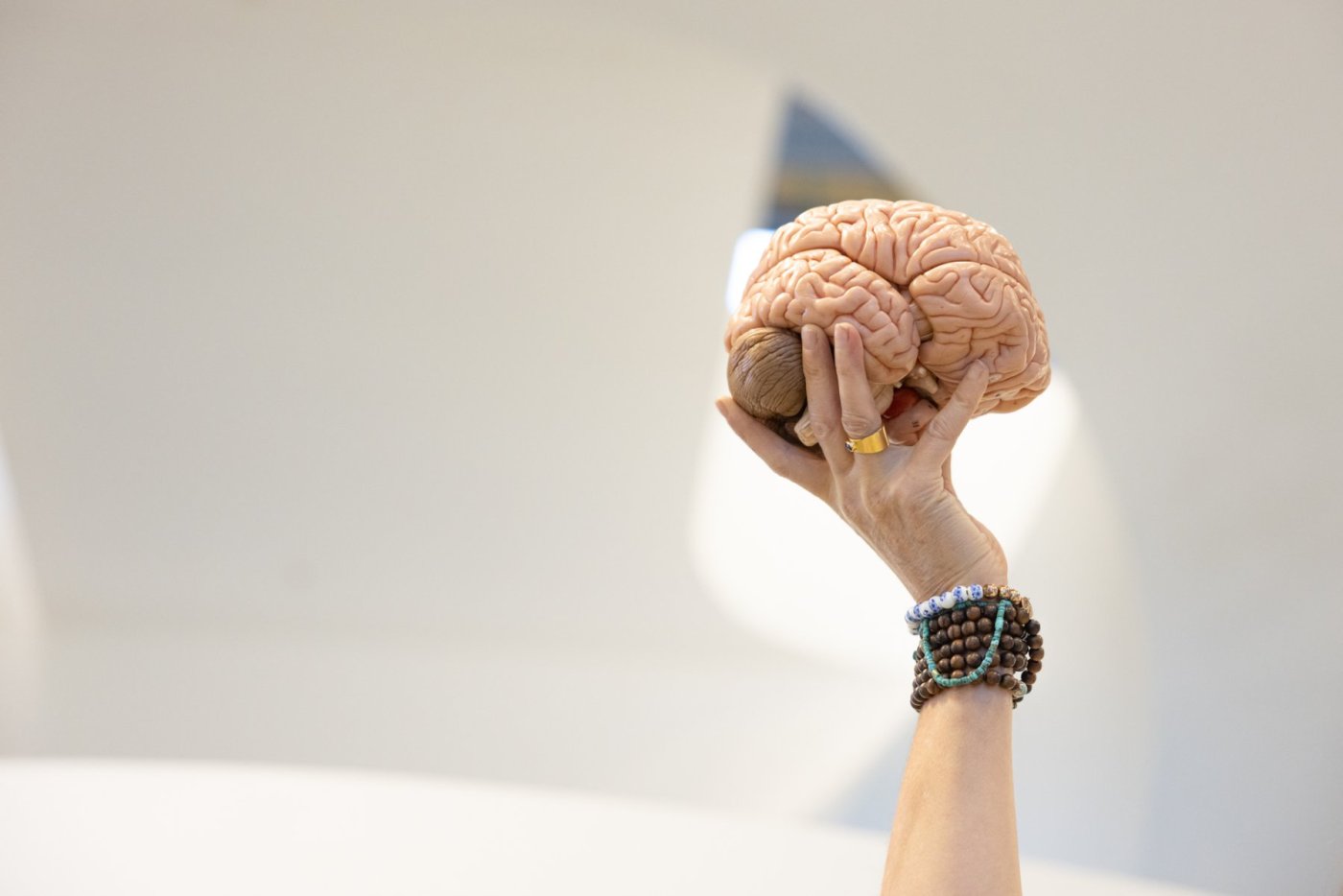
'People were not trained to ensure that research would benefit society as well.'
However, a lot of hard work was involved to get these impact projects off the ground. Before the Impact Programme existed, impact was more or less limited to several individual researchers with a large network outside of the university. It was a subject that received little attention, says Sitskoorn. ‘The academic culture was still mainly focused on research. People were not trained to ensure that research would benefit society as well, even though it seems rather strange not to use the knowledge you’ve gained. We really did have to overcome a lot of resistance.’
The commitment of the people in the team and the support from the former rector magnificus Emile Aarts helped in that respect. ‘We spent a whole lot of time telling everybody that it is fun and we will benefit from it. A project like the Zero Hunger Lab made a real difference because trying to banish hunger from the world is not something that anybody is likely to oppose.’ Another positive factor is the gradual stepping up of a younger generation for whom knowledge utilisation is much more self-evident. ‘Young people have grown up with a lot of problems around them, such as the climate, healthcare, education and the housing market. Consequently, I’ve noticed that it has become easier to convince people these days.’
The Impact Team is now continued in the form of Academische Werkplaatsen [Academic Workplaces], which focus on five university-wide themes. According to Sitskoorn, the team’s biggest achievement is that creating an impact is now considered normal. ‘At first, the attitude was: is impact something we should really be doing? Now people say: isn’t it normal to create impact, and didn’t we always do that anyway? The fact that impact is now taken for granted is actually the biggest compliment you can receive.’
Protecting against vulnerability
As far as Sitskoorn is concerned, creating impact is not a one-way street. She is involved in many discussions with people and organisations outside of science, and this enables her to sharpen her own research ideas. ‘People are always saying that, as researchers, we need to contribute to society but society also contributes to what we do. Thanks to all of those external contacts, I have grown in my thinking and creativity.'
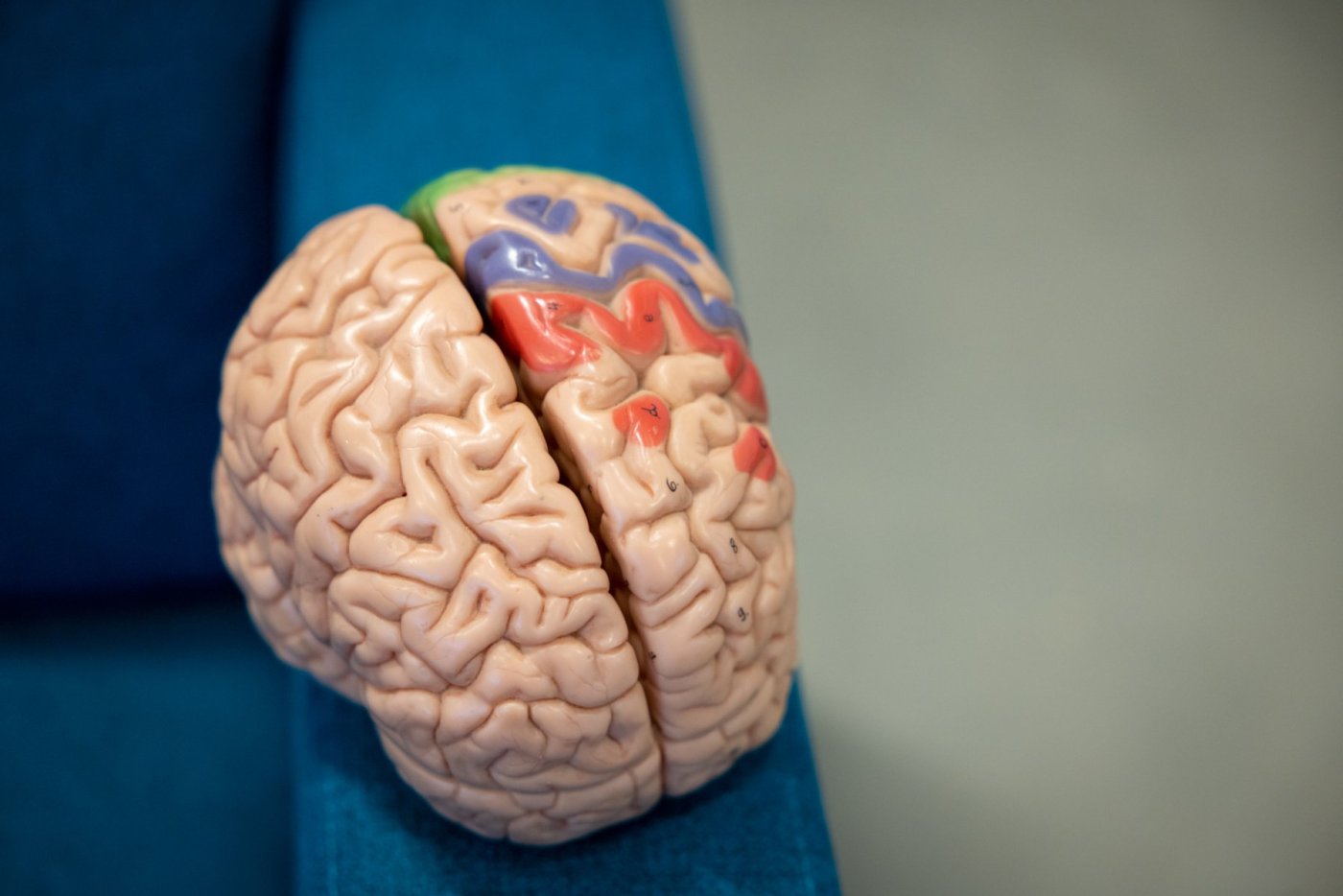
'Now people say: isn’t it normal to create impact, and didn’t we always do that anyway?'
‘Twenty years ago, I was told that all my public appearances would make me a worse researcher but, fortunately, that mindset is changing.’ That said, she does continue to feel uncertain about her role at times. ‘You are definitely vulnerable if you work on impact and take part in the public debate. For example, if you make a certain statement in the media or if your product proves to work differently than expected. What should you do in such cases? Fortunately, a growing amount of thought is being given to the protection of researchers and, recently, a platform was launched where researchers who are threatened can turn to*.’
Despite all the media exposure, Sitskoorn remains the thinker and bookworm she has always been. For instance, if she hears about stress among young people, the frustration felt by farmers or the dwindling trust in politics, she thinks: I can feel another book coming. She is currently working hard on a follow-up to her book about the makeable brain. For her research into the phenomenon ‘time’, she is studying manuscripts in the library of the Vatican, where she also comes across interesting theological ideas. She’ll never find it boring. ‘Great profession, isn’t it?’
Three points for further reflection and discussion:
- Why do we view a professor with grey hair and a beard differently from a professor with long blonde hair and high heels, and what can we do about that?
- How do we convince not just young researchers about the usefulness of impact, but more experienced researchers as well?
- How can we better protect researchers who participate in the public debate to create impact against the possible negative consequences of this?
